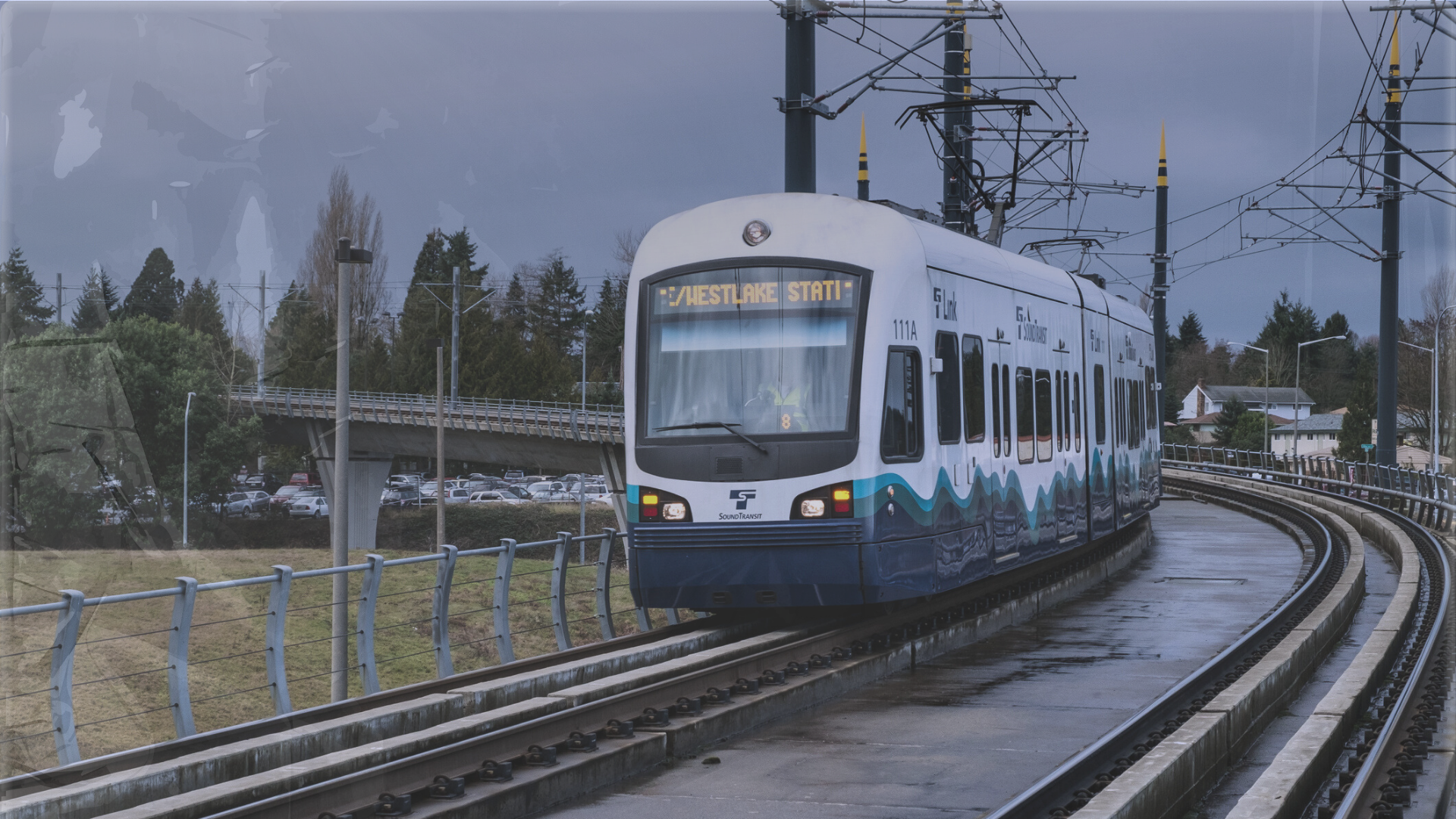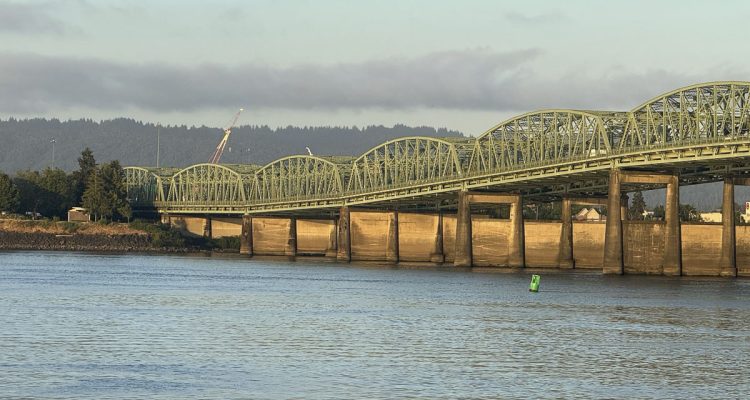Last year, transportation expert and urban policy analyst Wendell Cox completed a thorough study for Washington Policy Center called, “Moving toward more accessible and productive transportation in the Puget Sound.” Wendell evaluated population, employment, and commute trip data for the Puget Sound and showed that what barely works for Seattle certainly does not work for the rest of the Puget Sound.
Wendell will share his findings and take questions as a panelist in WPC’s Virtual Solutions Summit this year (April 14th and 15th). He will present alongside Senator Curtis King, who is the ranking member of the Senate Transportation Committee.
Interestingly, I discovered that Sound Transit’s CEO, Peter Rogoff, saw our study and agreed with Wendell’s conclusion that the agency’s multi-billion dollar transit expansion will not reduce traffic congestion in the Puget Sound region in any meaningful way.
Last year, I sent the study to both the Puget Sound Regional Council (PSRC) and to the Washington State Department of Transportation (WSDOT) and asked for an official statement or response to the study from both agencies, as I think it would be valuable to have their feedback.
The PSRC’s executive director, Josh Brown, brushed it off:

WSDOT Secretary Roger Millar’s response was a little more promising:

We agreed to a deadline of mid to late January. I never heard back.
Internally, Secretary Millar forwarded my email and the study to his friend Peter Rogoff at Sound Transit with a simple note: “Seen this?”
The response he got from Rogoff, which we acquired through a public disclosure request, was revealing.

Rogoff affirms Wendell’s conclusion in the study, saying it’s “precisely correct.”
He then goes on to say, “We have never said they will reduce congestion from current levels.”
Sound Transit may never have explicitly said that light rail would reduce congestion, but they and their boosters sure implied it, arguing during the Sound Transit 3 (ST3) campaign that if the region does nothing, traffic congestion would get worse. In reality, even after billions of spending on light rail over the next two decades (“doing something”) – traffic congestion would get worse. Sound Transit’s expansion would cost taxpayers almost $100 billion dollars by 2041 – and would do nearly nothing in moving the million new residents we expect in our region.
The 2040 PSRC transportation plan update published quietly in April 2018, Regional Transportation Plan Final Environmental Impact Statement 2018 Addendum, shows daily regional vehicle miles traveled growing by 22% and daily regional delay on the highways growing 44% between 2014 and 2040. In summary, car traffic increases and congestion gets worse. The same document shows transit market share – with ST3 light rail completed all the way to Everett, Tacoma and Redmond – growing to just 5% of travel in the region, up from 3% in 2014. Car travel goes down a bit but ends up at 74% of trips with 21% walking and cycling.
For those of us spending up to four hours or more stranded on the road in our daily commute when we could be doing anything else – something does need to be done. No one wants to “do nothing.” However, Sound Transit officials’ solution mainly empowered and enriched a small group of people – public officials, advocates, real estate developers, union executives – while the rest of us have paid exorbitant sales, property and car tab taxes to make it happen. As two independent professional systems analysts put it, the light rail network is “showing increasingly as an expensive big city status symbol set to yield a shallow improvement in mobility.”
It is no wonder so many people feel frustrated and misled.
In his email to Millar, Rogoff adds that light rail will provide a way out of worsening traffic congestion. Wendell’s study demonstrates this is not true, and shows that not only will transit not reduce congestion, but its 30-minute access to the more than 80% of jobs outside of downtown is insignificant. Outside downtown Seattle, 30-minute auto access to the major employment centers in the five counties ranges from 8 to 15 times that of transit. The expansion of light rail will not improve this. Light rail will only serve as an alternative for the three to five percent who will choose it.
Still, I appreciate Rogoff’s recognition of Wendell’s work as “precisely correct.” I agree, and that’s why I’m so excited Wendell will be one of the panelists at WPC’s virtual Solutions Summit this year.
Though Sound Transit plans to spend billions of public money on what is mostly an obsolete and inefficient travel mode, there are solutions being developed that could move our region forward if we heed warnings and take steps now to combat gridlock.
Join us at the Solutions Summit to hear more from our transportation panel on what that might look like and how we can engage effectively in that conversation.
You can register for the Solutions Summit here.






